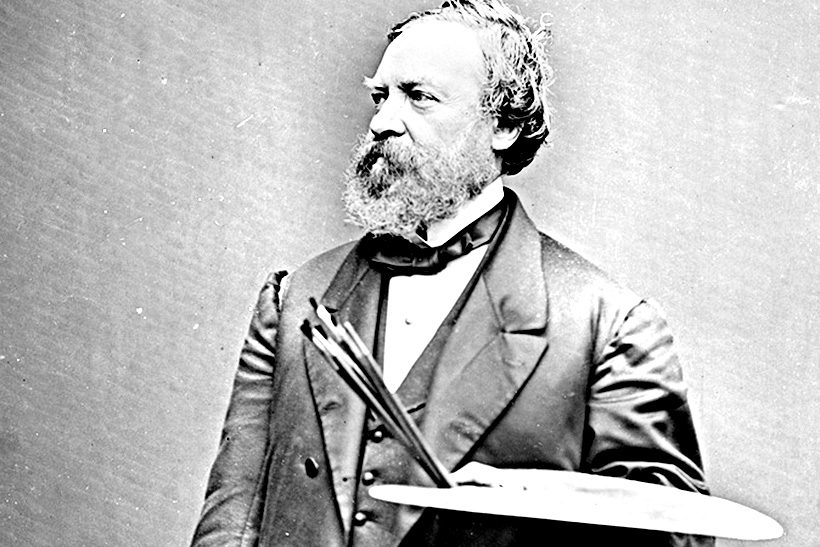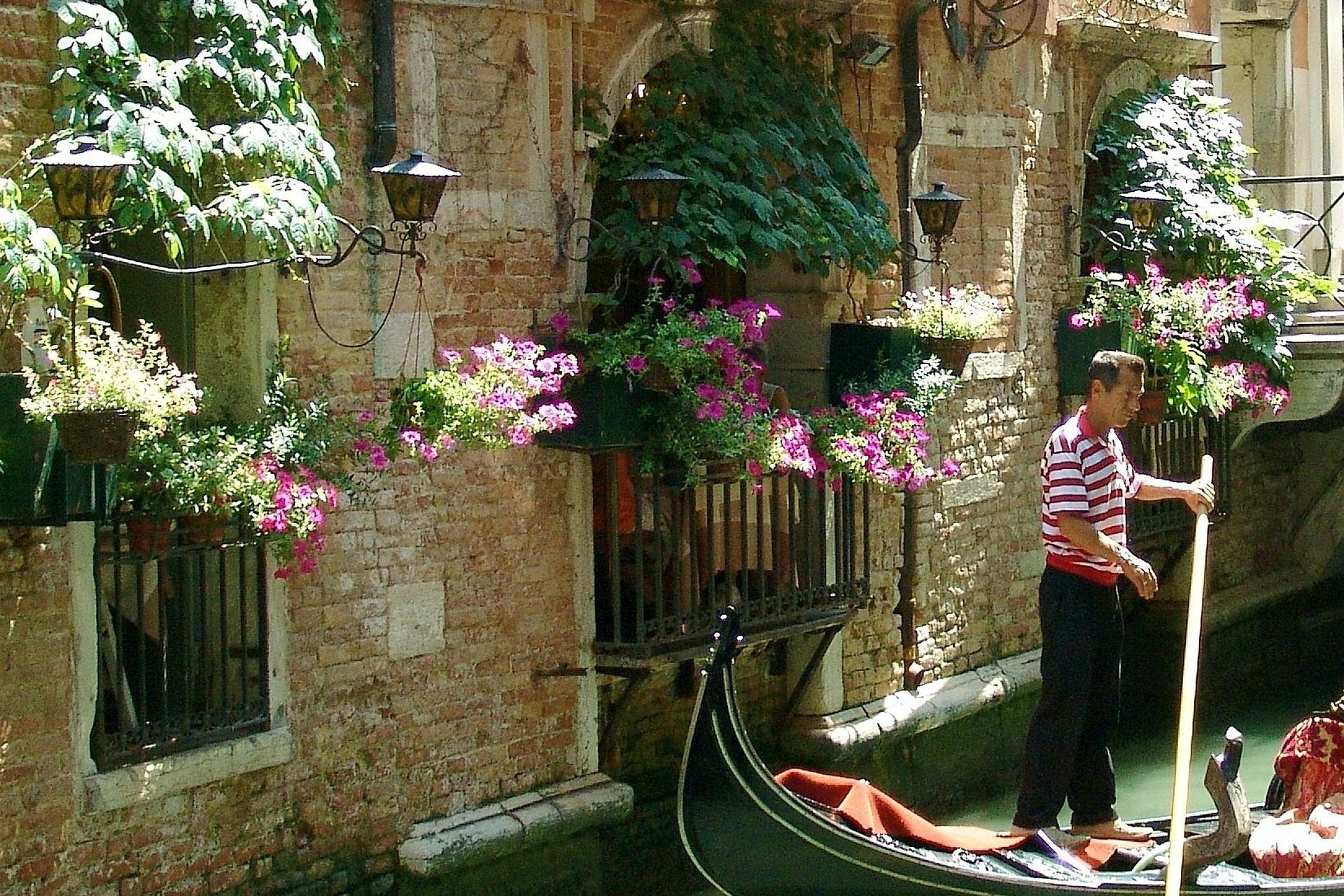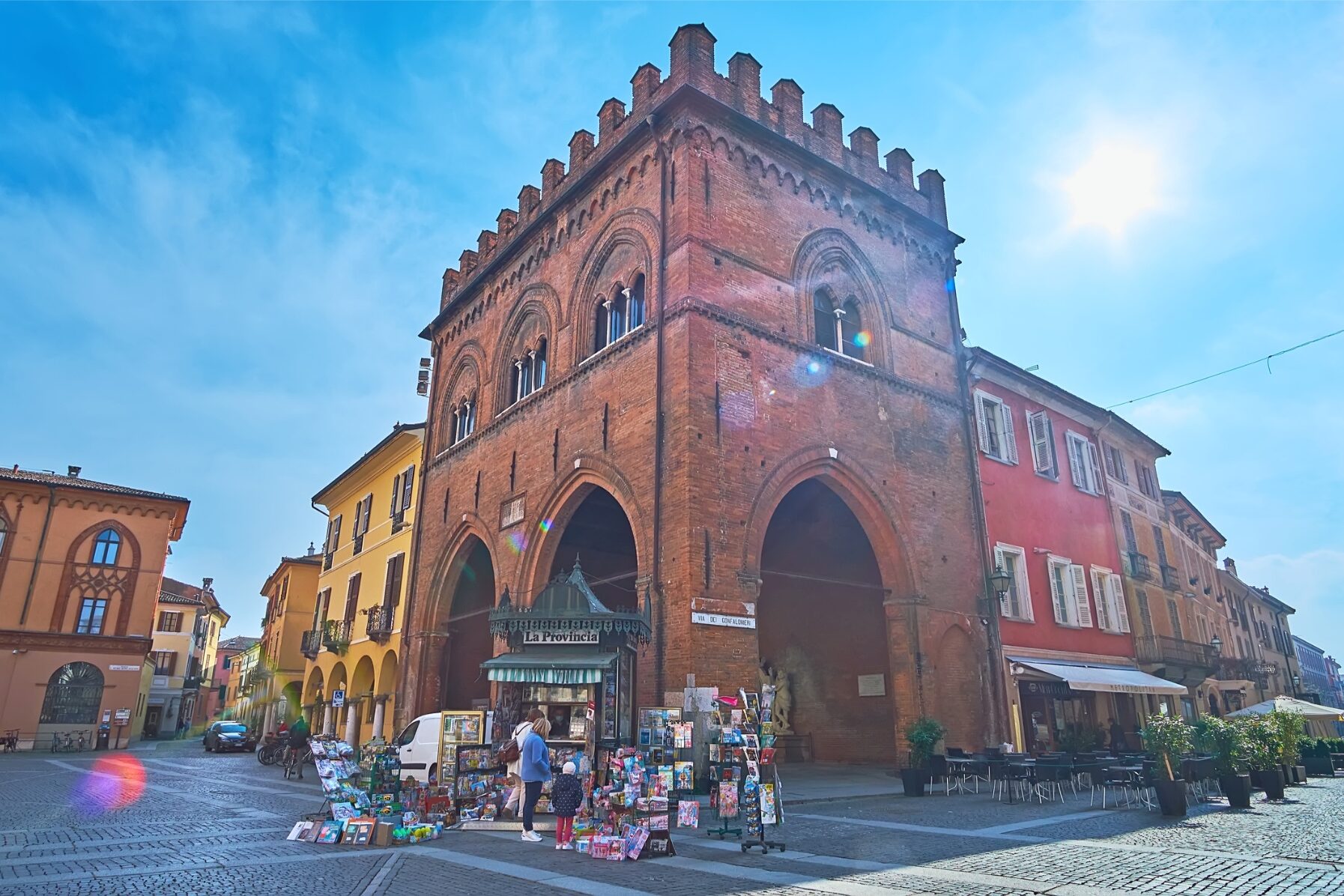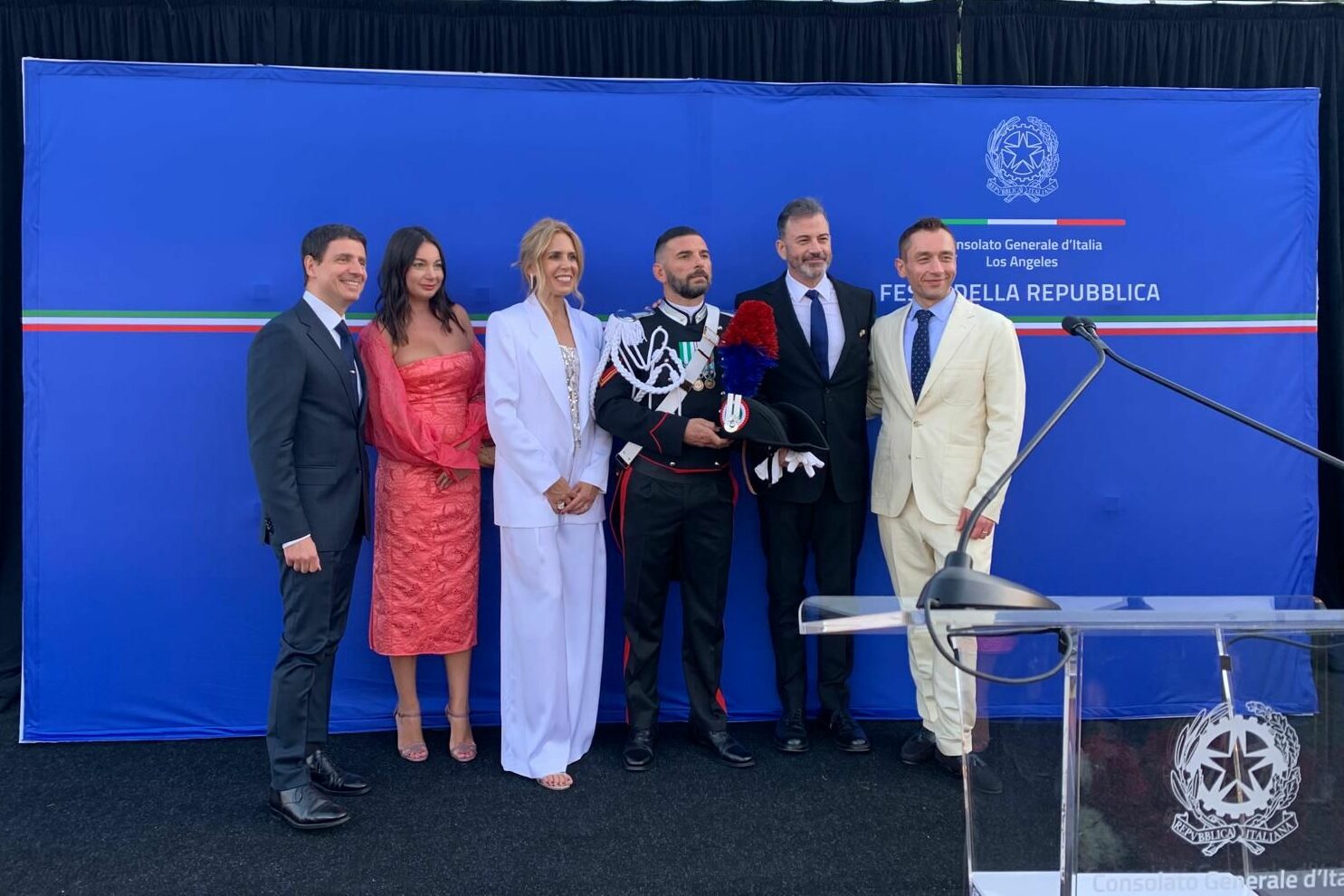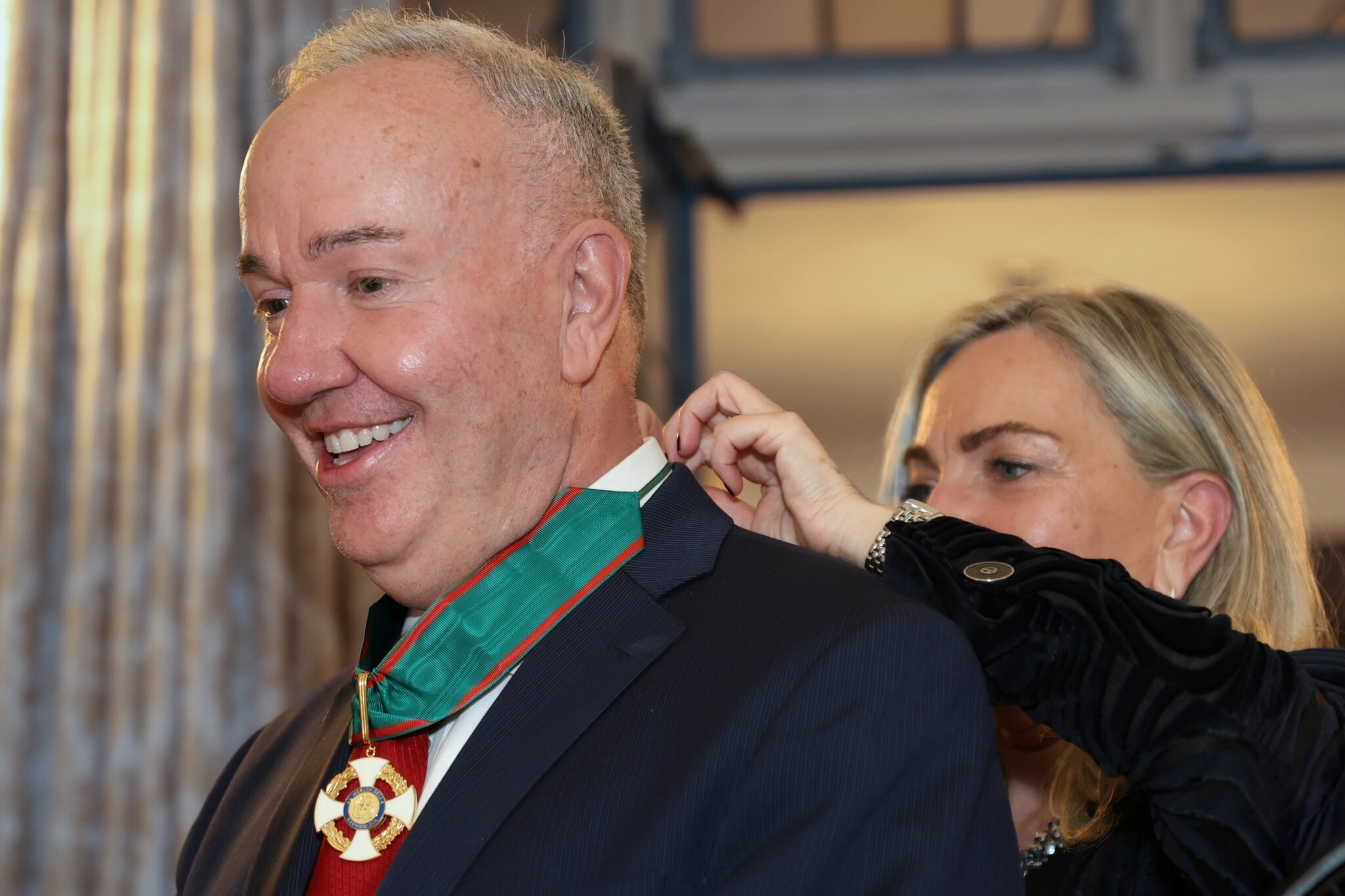A leading expert in digital media worldwide, Italian entrepreneur Bibop G. Gresta was a key figure in the early development of the digital market and Internet technologies both in Italy and abroad. A native of Terni, he has been living in Los Angeles since 2012. His latest business venture promises to revolutionize the world of transportation: the Hyperloop high-speed transport system will move people in capsule cars inside tubes going at the speed of sound. Travel time between Los Angeles and San Francisco would be half an hour. We spoke with Gresta to learn more about this cutting-edge project, which is being developed in the Playa Vista neighborhood of Los Angeles.
The Hyperloop promises to eliminate all travel complications related to cost, travel time and weather conditions. How is it going to achieve that?
The Hyperloop is the only ground transportation system that is efficient and sustainable: efficient because we are able to move people at almost the speed of sound in a weather-independent and earthquake-safe system; sustainable because through the use of solar, wind and kinetic powers, regenerative braking, and geothermal energy, we are able to produce more electricity than we consume. Construction costs are lower than any existing railway projects. These reduced costs translate directly into cheaper ticket prices, thereby changing the way we travel, and ultimately the way that we all live and enjoy our lives. People will easily be able to live in one city and work in another.
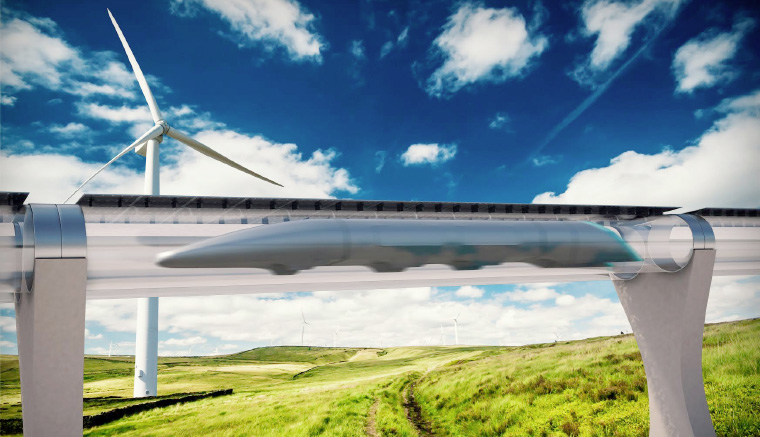
Will it really travel at the speed of sound? What are the safety concerns?
It is like being inside of an airplane. We are replicating the same pressure you have at an altitude of 195,000 feet, but inside a tube built on pylons to resist earthquakes. We designed the safest mode of transportation on the planet. Try to compare us with airplanes: for example, for the San Francisco to Los Angeles route at 13,000 passengers a day roundtrip, the flight industry has a rate of .007 fatalities per 100 million miles. That means one expected fatality every 3.75 years. This is not acceptable! We designed safety levels ten times better.
What is the environmental impact of this project?
While trains require wide sloths of land and fences, are loud, can be safety hazards to others and have a higher risk of derailment, the Hyperloop will use existing infrastructure, solar panels along the tracks to fuel the system and will be virtually silent compared to the damaging noise levels of trains.
When and where do you expect to test the first prototype?
We expect to test a full-scale prototype on a five-mile stretch in Quay Valley, a “modern town for the 21st-century” that will be built north of L.A., near Bakersfield. Construction is set to begin next year and be completed in 2018. We are expecting to transport 10 million people a year there. After the completion of the first prototype in Quay Valley, we’ll be ready to build a full-scale long track.
Is there any Italian company involved in the Hyperloop project? If so, how are they contributing?
Inside Digital Magics, the stock-listed venture incubator I co-founded in Milan, we are creating a Hyperloop Magic Lab that will serve as the collector of the best technologies and partners in Italy and Southern Europe. There are already several Italian professionals working on the Hyperloop, such as the Hyper Master of the Global Operation Team. Italy’s IED University is also involved and it is already contributing in several areas of the design.
You are a leading expert in digital media and technologies. This project seems different from your industry of expertise. How and why did you get involved?
I sold my first company when I was 28, writing a page in the history of the Italian new economy. Then I started to invest in startups, and, through my incubator Digital Magics, I invested in 68 companies. During this process, I did three IPOs in Italy, Germany and the U.K. My investments ranged from amusement parks and hotels to media companies. I’ve seen it all!
A few years ago, you moved from Italy to California despite having a successful business in Italy. Why did you make that decision?
In 2011, I started to feel that there weren’t the conditions to innovate in Italy anymore, so I decided to move to a place where they still believe in dreams. I left Europe to move to California, I did it because I knew I was destined to do something bigger… something that could impact and improve the life of the entire planet. And that is what I did. I met my business partner Dirk Ahlborn in L.A. At first, I was skeptical about using a crowdsourcing approach to implement the project, but when I did due diligence, I got immediately fascinated by the idea and how it caught the interest of the brightest minds on the planet. I decided to put my money and my skills into the project and now, we’re building it!



